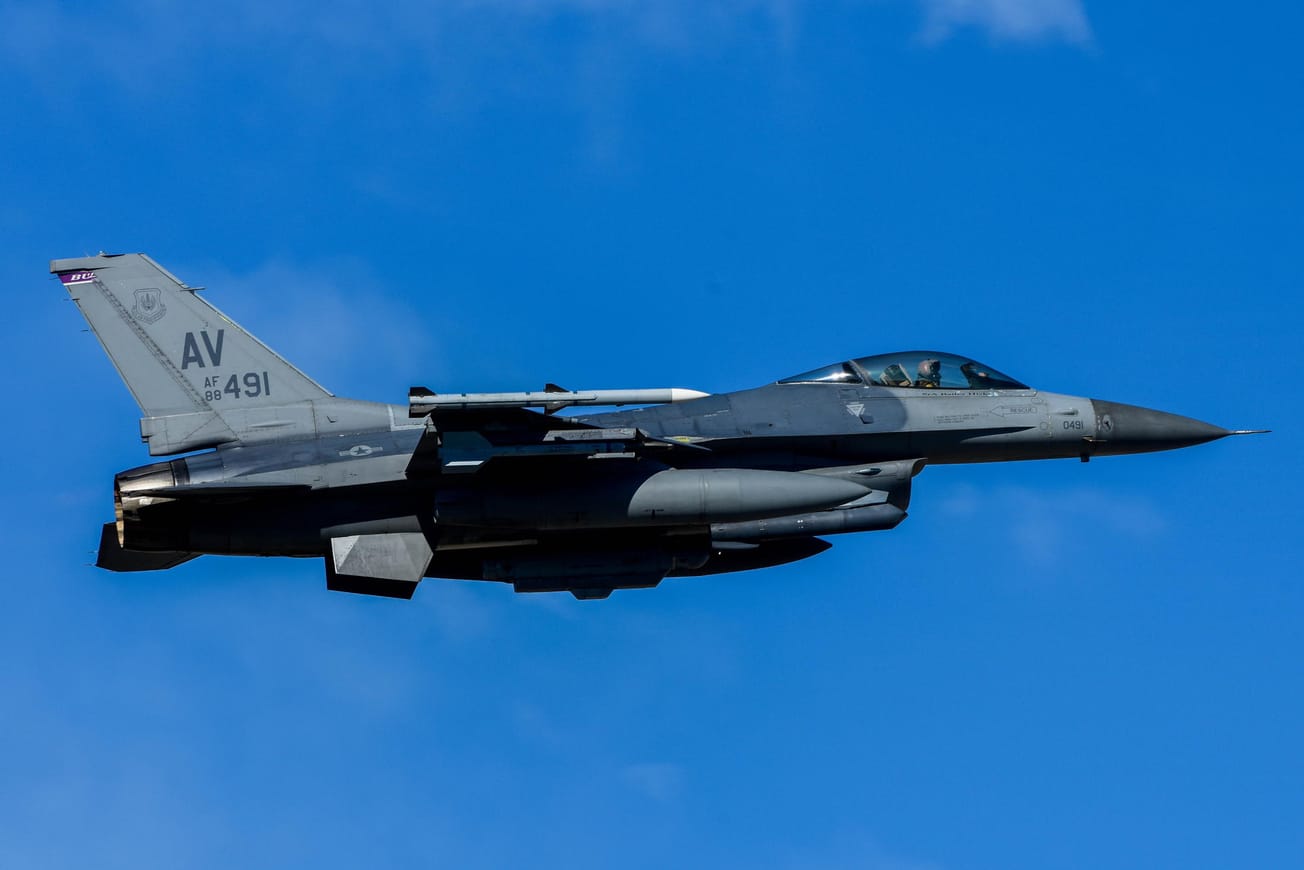March 19 (EIRNS)—Britain and Latvia are now co-chairing the Drone Coalition of Europe, to supply and support the production of, or carry out their own production of drones, which will be shipped to Ukraine, at least as part of the Coalition’s short-term program. The intention is to produce and procure 1 million drones for Ukraine, though no timeline for delivery is given. On Feb 14, Denmark, Estonia, Germany, Lithuania, the Netherlands, Sweden and Ukraine signed a letter of intent to join the drone coalition, bringing the coalition’s membership to nine.
It appears that in the longer-term prorgam, the Drone Coalition may ramp up production to supply Ukraine with drones not only to aim at the Belgorod and Kursk regions, but perhaps potentially at Moscow and St. Petersburg and beyond. This would constitute an important step in the ramping up of Europe’s—and America’s— defense industries to be on an expanding permanent war economy, the first phase of a Schachtian war economy. It would also constitute a step to a nuclear World War III.
The Feb 15 Defense News, in an article, entitled, “European Coalition to Rush First-Person-View Drones to Ukraine,” emphasized Britain’s leading role, quoting Latvian Defense Minister Andris Spruds, “Along with the existing countries that have already joined the drone coalition, the U.K. will make a significant contribution by supporting Ukraine both with technology and helping to develop skills.”
The second phase of the building of the coalition occurred on March 8, when British Defense Secretary Grant Shapps, during a visit to Kiev, announced that Britain will supply Ukraine with an additional 10,000 drones under a new $159 million military aid package.” The March 8 Breaking Defense, in an article, “UK Pledges additional 10,000 FPV and One Wat Attack Drones for Ukraine,” reported that “the latest pledge [of $159 million] is in addition to the $225 million drone package announced by London in January and February to co-lead an international drone coalition for Ukraine with Latvia.”
Shapps bragged that Ukraine has already been using “UK donated [drone] weapons to unprecedented effect, to help lay waste to nearly 30% of Russia’s Black Sea Fleet,” and encouraged “international partners” to join Britain’s drone supply effort. It is quite likely that Britain supplied the GPS and guidance system systems for Ukraine to attack Russia’s Black Sea fleet, all but launching the drones and missiles themselves, with Ukrainians serving as front men.
This is part of a still larger package. The Feb 22 Breaking Defense reported, “The UK will spend an additional £4.5 billion ($5.7 billion) over the next decade on new military drones, pledging to ‘rapidly’ equip its armed forces with advanced air, land and sea based uncrewed systems in the process.” It added, “The plans sit at the heart of a new military drone strategy [PDF], announced today, that draws directly from analysis of the war in Ukraine and promises to turn Britain into a ‘world leader’ in drone manufacturing.”
The article continues, “In collaboration with older and new drone companies, the UK has been able to stand up ‘24/7’ support cycles in Ukraine, ‘with a direct feed of data at the frontline able to run capability sprints against adapting threats and requirements,’” according to the UK’s drone strategy.
Britain has a plethora of large aerial drones, built by British companies, such as the MQ-9 Reaper, the Watchkeeper, the Taranis, the Loyal Wingman, as well as smaller drones, such as Desert Hawk III, the Puma AE, etc. In the case of the Watchkeeper, it is being jointly built by Thales UK and the Israeli company, Elbit Systems; the Taranis is being built by the infamous BEA Systems of Britain, and so forth. These companies are leaders in the “military-industrial-financial complex.”
EIR is investigating whether there is direct City of Lond and Wall Street lending and investment into the drone companies.
The first rationale given for use of the drones may be to replace depleted Ukrainian manpower; but it may soon go beyond that for use of attacks throughout Russia and China.





